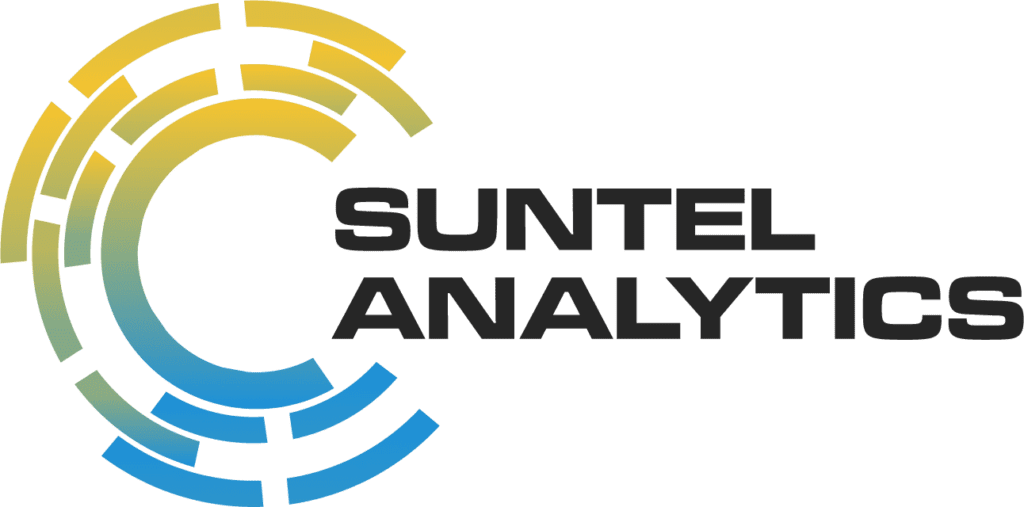
Police officers at the scene of the shooting outside a hotel in midtown Manhattan.Credit…Karsten Moran for The New York Times
The tragic assassination of Brian Thompson, CEO of UnitedHealthcare, has shaken the corporate world and drawn renewed attention to the dangers faced by high-profile executives. On the morning of December 4, 2024, Thompson was fatally shot outside a Midtown Manhattan hotel while preparing for his company’s annual investor conference. Details from a New York Times report suggest the attack was premeditated, with the gunman exploiting predictable patterns in the executive’s schedule.
This devastating event highlights the vulnerabilities C-suite leaders face daily. High visibility, predictable routines, and access to sensitive data make them attractive targets for physical violence and cyber threats. While traditional security measures can help, organizations must adopt a holistic approach, combining risk intelligence, cybersecurity, and executive profile reviews to provide comprehensive protection.
The Rising Threats to Executive Safety

Thompson’s case is not isolated. High-profile leaders are increasingly targeted, whether through physical violence, hacking attempts, or reputational attacks.
High-Profile Incidents
- In 2022, a prominent tech CEO was held at gunpoint in their home after their address was leaked online.
- In 2023, a global pharmaceutical executive fell victim to a phishing scam that compromised sensitive company data.
- Earlier this year, a CFO narrowly escaped an abduction attempt while traveling abroad, thanks to robust travel security protocols.
These incidents underscore a growing pattern: the higher the profile, the greater the risk.
Executive Profile Reviews: A Critical Layer of Protection
An executive profile review involves a deep dive into the personal and professional vulnerabilities of a high-ranking leader, examining both their online presence and real-world habits. This review is designed to uncover potential risks and mitigate them before they can be exploited.
Key Components of an Executive Profile Review
- Digital Exposure Assessment
- Analyze public social media accounts for oversharing personal details.
- Scrutinize mentions of the executive on public forums and the dark web for potential threats.
- Travel and Event Security
- Evaluate travel itineraries and attendance at public events for security gaps.
- Create unpredictable schedules and secure transportation plans.
- Workplace and Home Security
- Assess physical security at offices and residences.
- Implement surveillance and access control measures.
- Cybersecurity Integration
- Monitor for data breaches involving executive emails or credentials.
- Use advanced tools for dark web monitoring to detect and respond to emerging threats.
Why Risk Intelligence Is Essential for C-Suite Leaders

Risk intelligence is the proactive identification of threats through data analysis and strategic planning. For executives, this means understanding the unique risks they face and creating targeted strategies to counter them.
Applications of Risk Intelligence
- Predicting Physical Threats: Monitoring online chatter or unusual surveillance patterns can flag potential risks.
- Detecting Digital Vulnerabilities: Identifying compromised accounts or leaked credentials on the dark web can prevent cyberattacks.
- Strengthening Executive Protection: Using risk intelligence to tailor physical security measures, such as hiring trained bodyguards or modifying daily routines.
Lessons from High-Profile Incidents
Thompson’s assassination demonstrates how predictable behaviors can be exploited by attackers. The gunman reportedly knew which entrance Thompson would use and was able to flee the scene undetected. A comprehensive executive profile review could have identified this vulnerability and prompted alternative security measures, such as altering his travel route or providing discreet protection.
Similarly, when a CFO narrowly escaped abduction earlier this year, the situation was de-escalated thanks to a robust executive protection plan informed by risk intelligence. These examples prove that proactive planning can save lives and minimize organizational disruption.
Building a Culture of Executive Safety
Organizations must view executive protection as a business priority rather than a luxury. This means investing in the tools and practices needed to shield leaders from harm.
Actionable Recommendations for Companies
- Perform Routine Executive Profile Reviews
- Update reviews quarterly to address evolving risks.
- Integrate findings into tailored protection strategies.
- Leverage Advanced Cybersecurity Tools
- Use dark web monitoring to track stolen credentials and threats.
- Implement multifactor authentication and encrypted communications for all executives.
- Train Executives in Risk Awareness
- Educate leaders on recognizing phishing attempts, surveillance tactics, and other threats.
- Simulate real-world scenarios to improve preparedness.
- Establish Secure Event Protocols
- Conduct risk assessments for all public events.
- Provide on-site security and create exit strategies for emergencies.
A Call to Action
The loss of Brian Thompson is a tragic reminder of the dangers facing today’s C-suite leaders. As organizations strive to protect their most valuable assets, they must adopt a proactive, intelligence-driven approach. Executive profile reviews, combined with cybersecurity innovations and physical security protocols, can make the difference between a narrowly avoided incident and a devastating loss.
For more details on this incident and its implications, read the full New York Times report.
By prioritizing safety and adopting cutting-edge protection measures, companies can ensure their leaders remain focused on driving innovation and success—without the shadow of preventable risks looming overhead.
The Path Forward
The tragic loss of Brian Thompson serves as a stark reminder that even the most powerful leaders are vulnerable. By combining risk intelligence with thorough executive profile reviews, organizations can proactively safeguard their leaders. Whether through cybersecurity innovations or physical protection enhancements, these strategies are no longer optional but essential for maintaining the safety and continuity of modern enterprises.
For a detailed account of Brian Thompson’s case and its implications, read the full New York Times article.
Investing in comprehensive protection measures today will ensure that tomorrow’s leaders can focus on driving innovation and success, free from the shadow of preventable threats.


